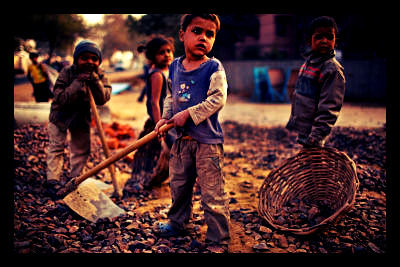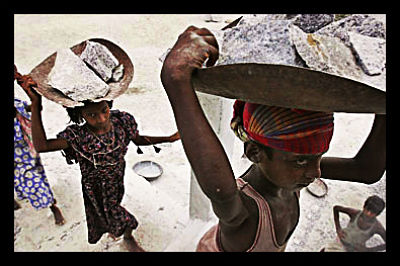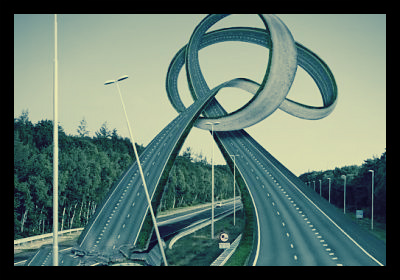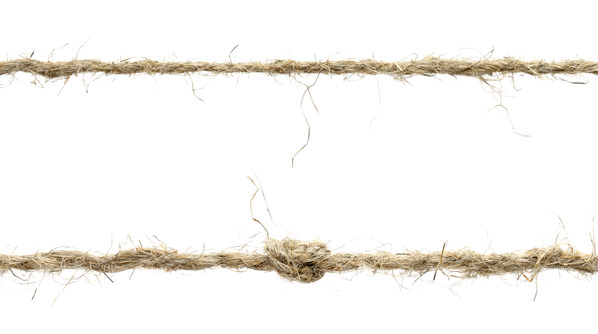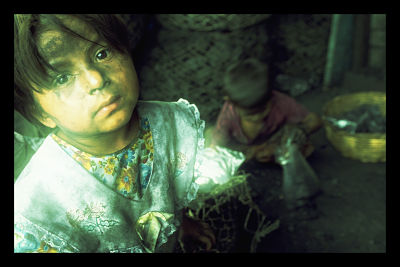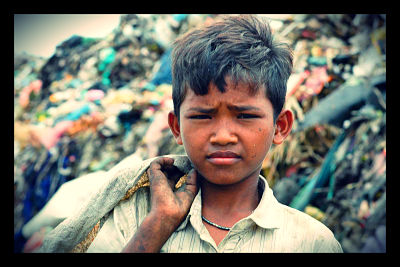
“Few human rights abuses are so widely condemned, yet so widely practiced. Let us make (child labour) a priority. Because a child in danger is a child that cannot wait.”
– Kofi Annan, Former United Nations Secretary General
- The Factories Act: Prohibits children less than 14 years of age to work in a factory.
- The Mines Act: Prohibits children under the age of 18 to work in a mine.
- The Child Labor Act: Prohibits children under the age of 14 to work in hazardous employment.
- The Juvenile Justice of Children Act: A law that states employing a child in a hazardous occupation is illegal and punishable by prison time.
- The Right of Children to Free and Compulsory Education Act: This law requires all education to be free for children between the ages of six and 14.
Some people believe the reason child labor is so prevalent boils down to one thing: poverty. Families not able to supply enough food for their children or single parent households often look to their children for financial support. Unfortunately girls are all too often forced in to this role because they are seen as being more valuable in the workforce opposed to school.
This brings up the possible cause for child labor. Some parents tend to think if their children are not in school then they should be working. Even though the enrollment rate for 2012 was 96 percent, child labor rates are high, still. This may be due to the fact that some schools and the education system in India are less than acceptable. Many schools lack basics like a blackboard for instance, not to mention a less than sound infrastructure. To top it off some schools lack the building itself and even a teacher.
The Numbers for Child Labor in India are Frightening
- 30 percent of all child labors come from India.
- 20 million children are found to be part of the child labor market however; other agencies declare this number to be 60 million children.
- Some children are forced into child labor as young as age five.
Sources: India Tribune, New York Times, Wikipedia, Good Weave
